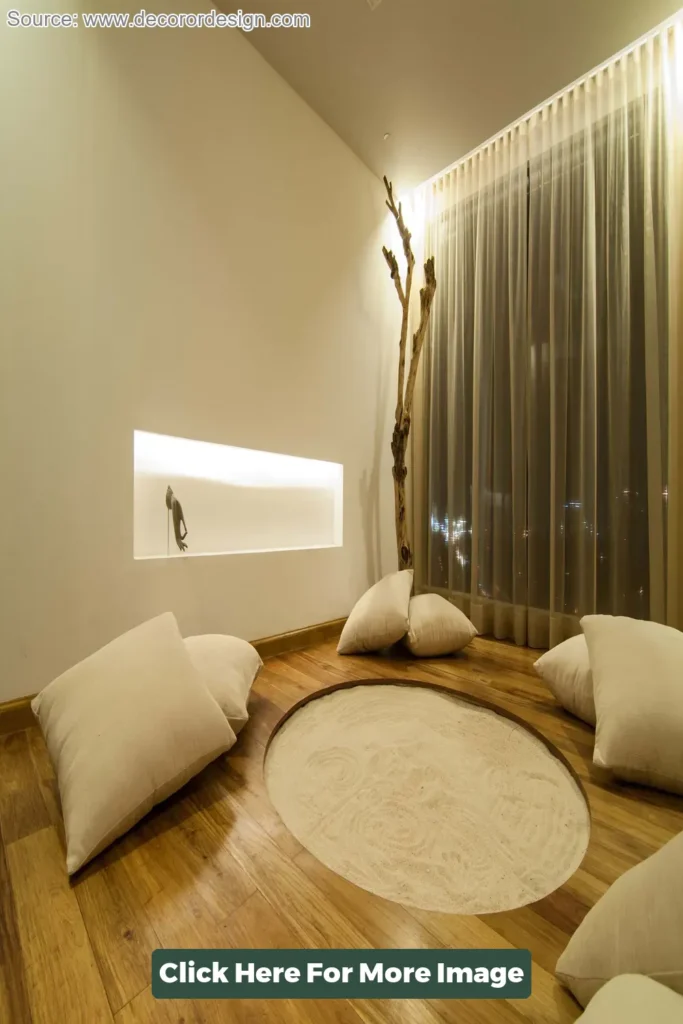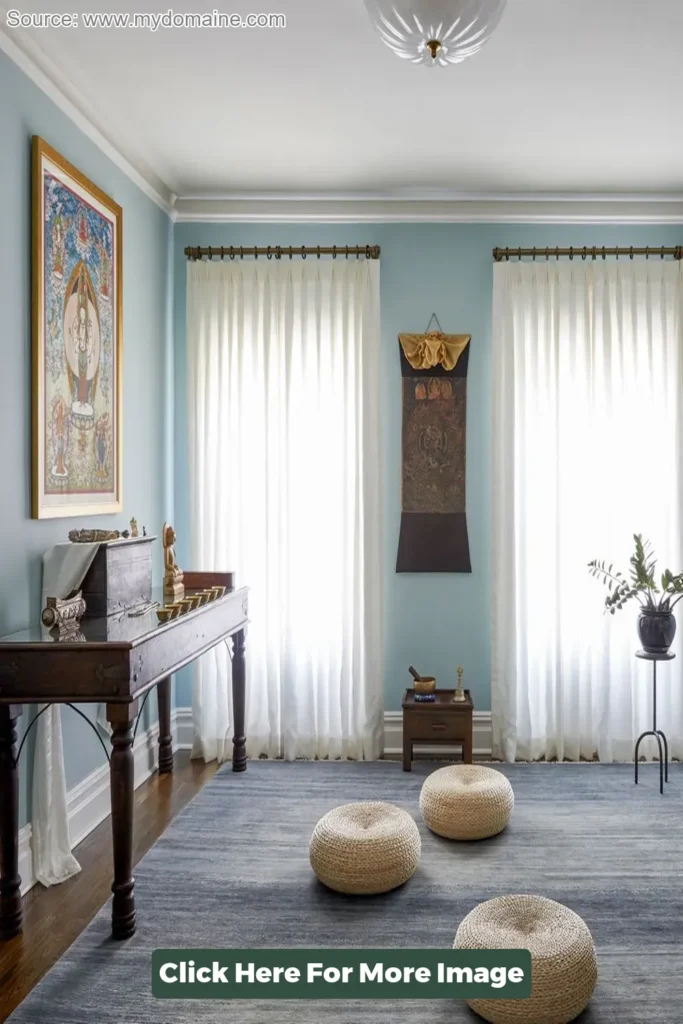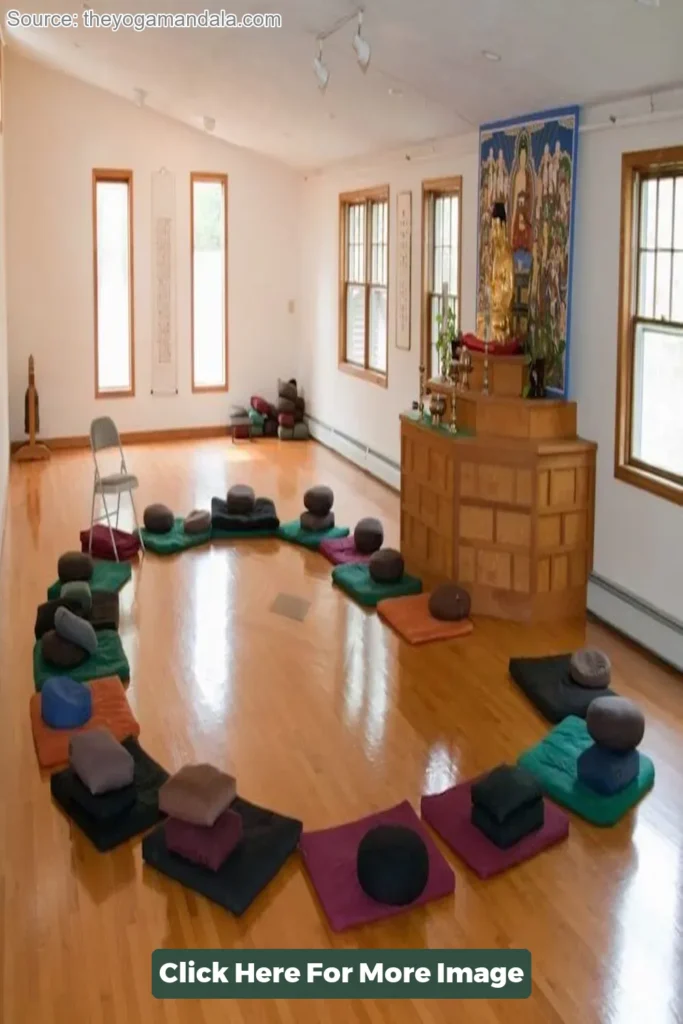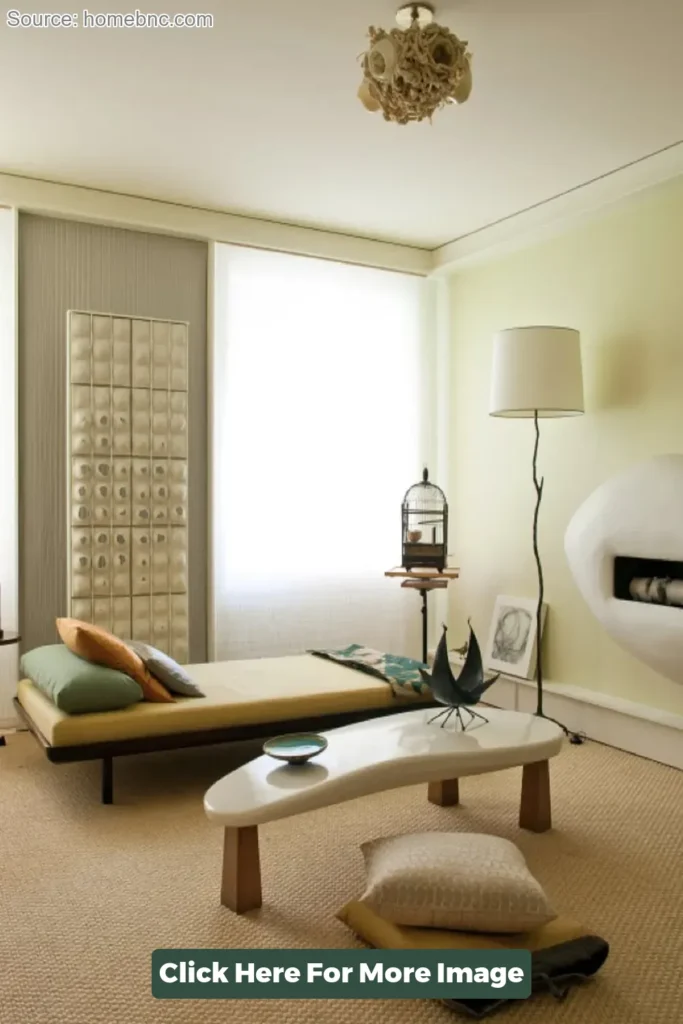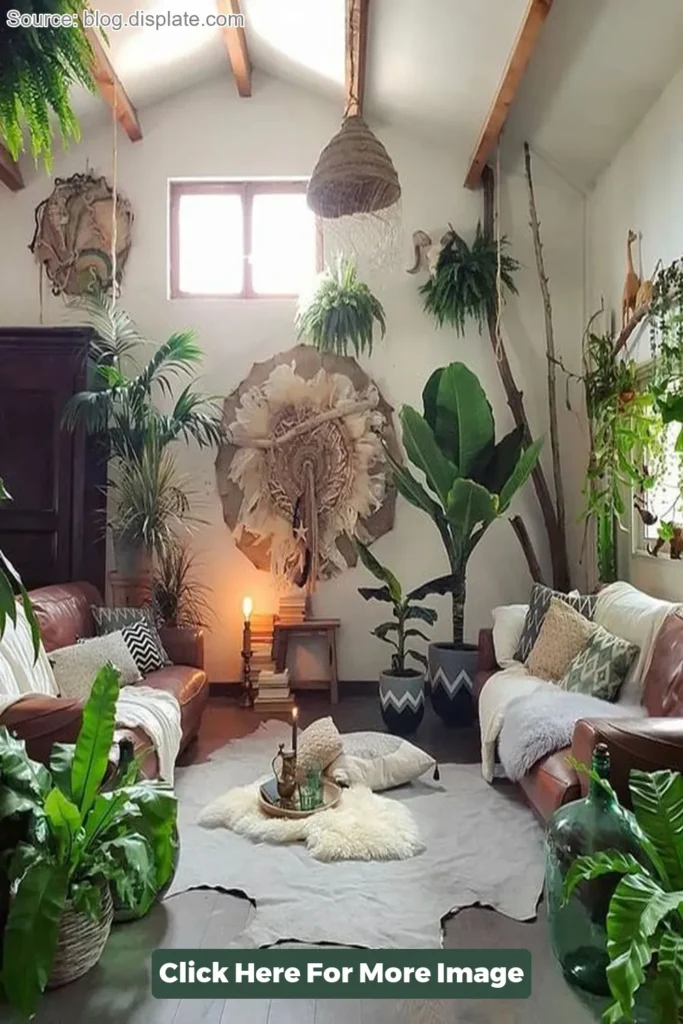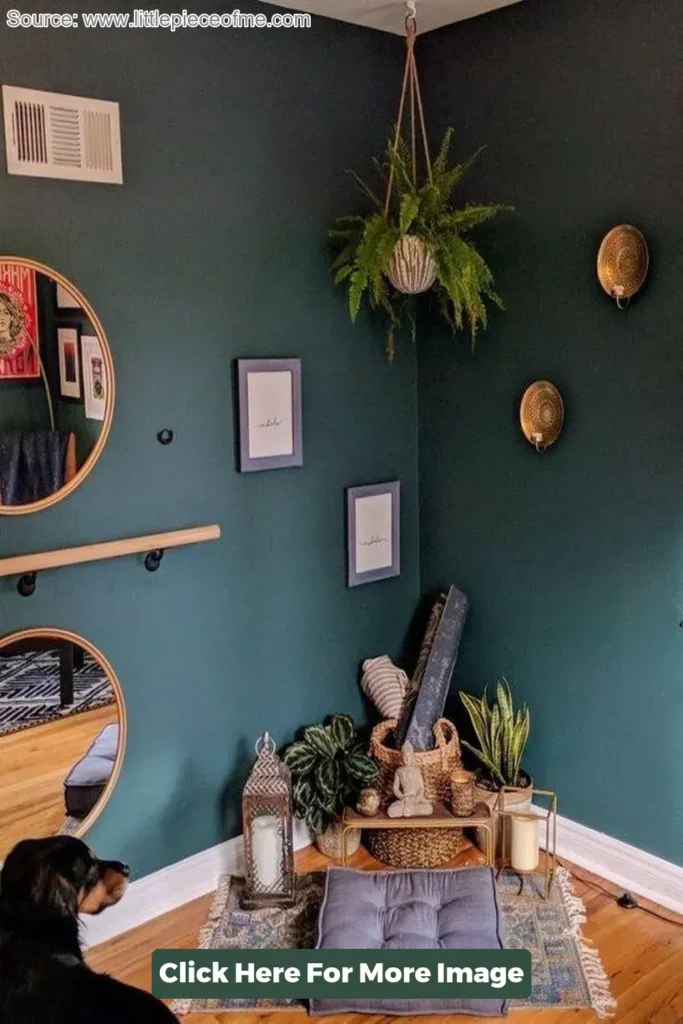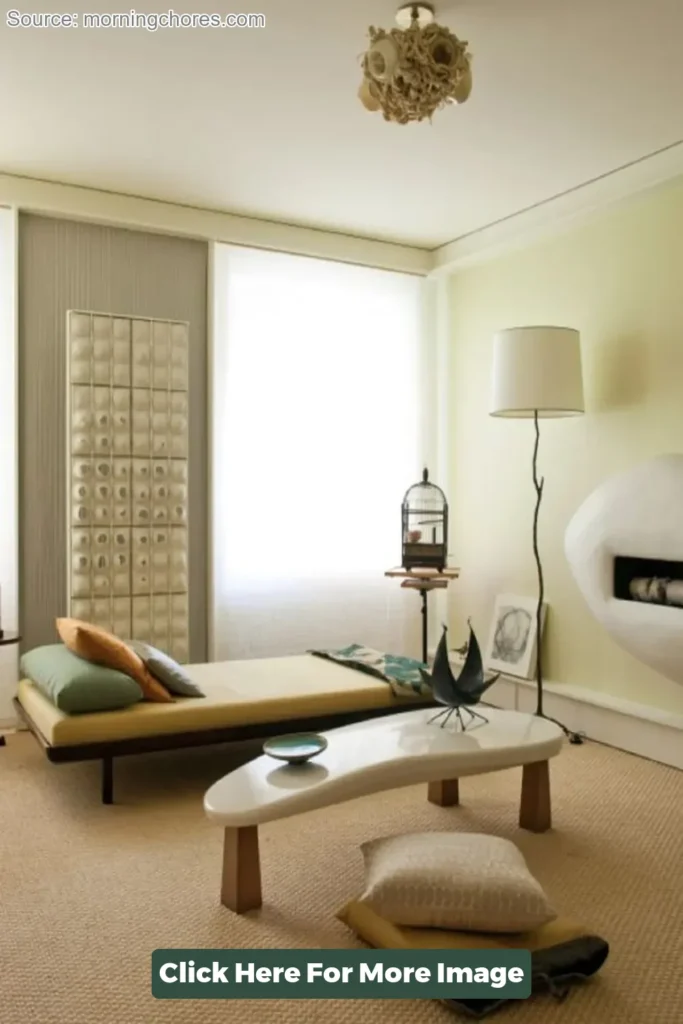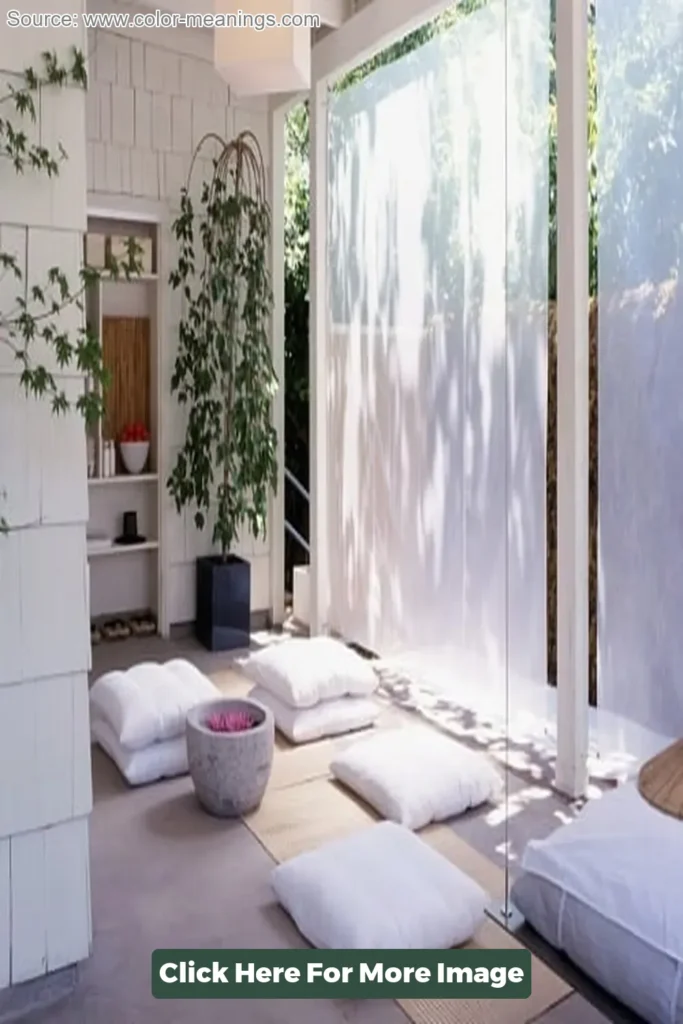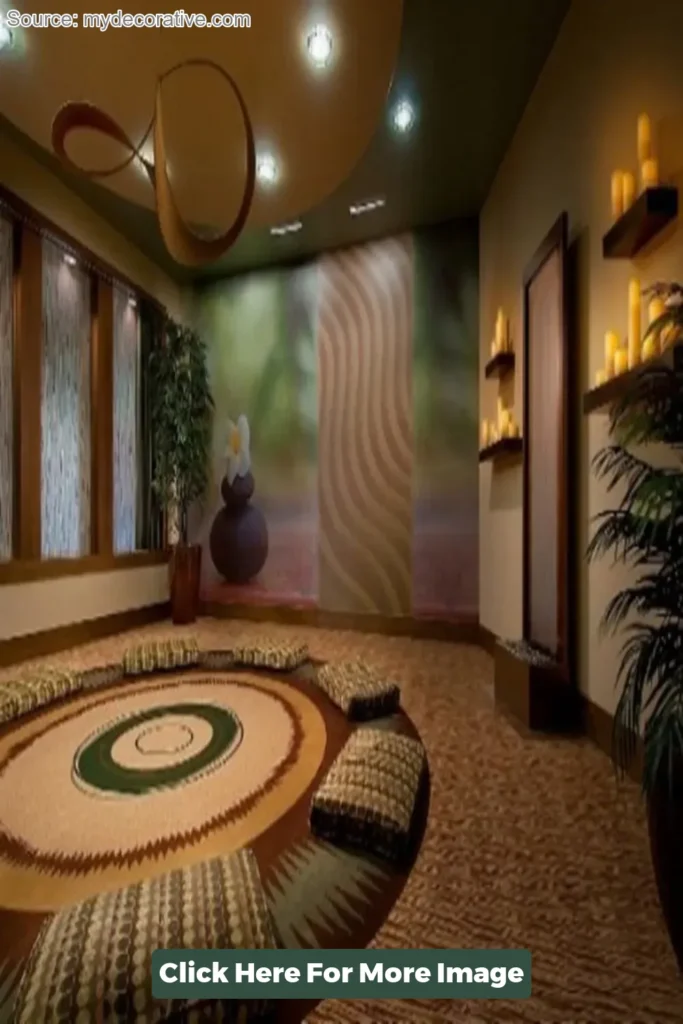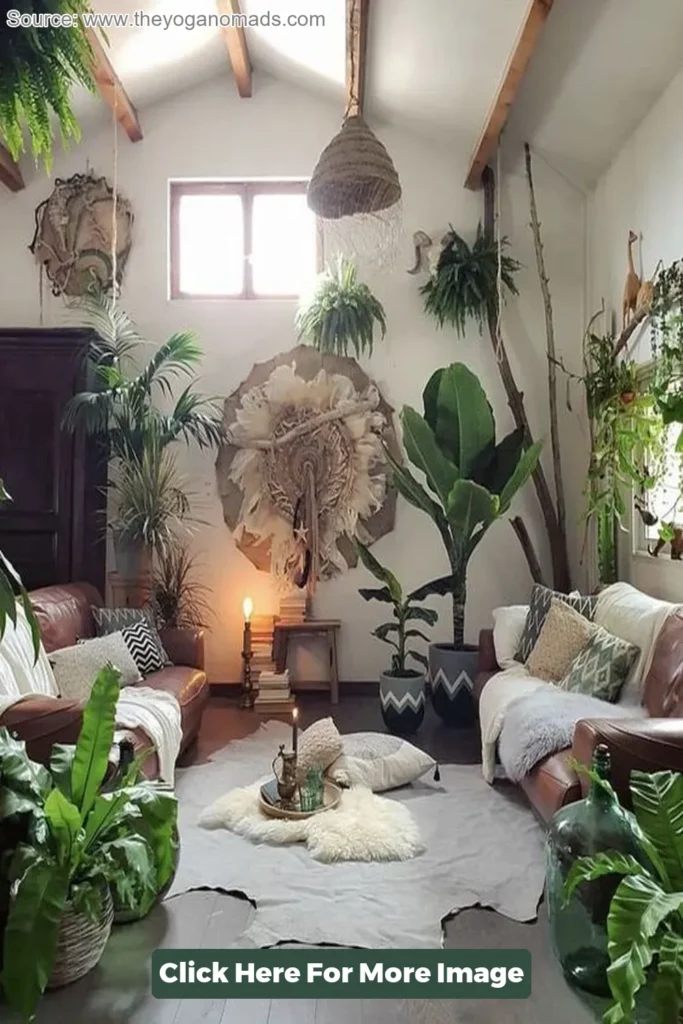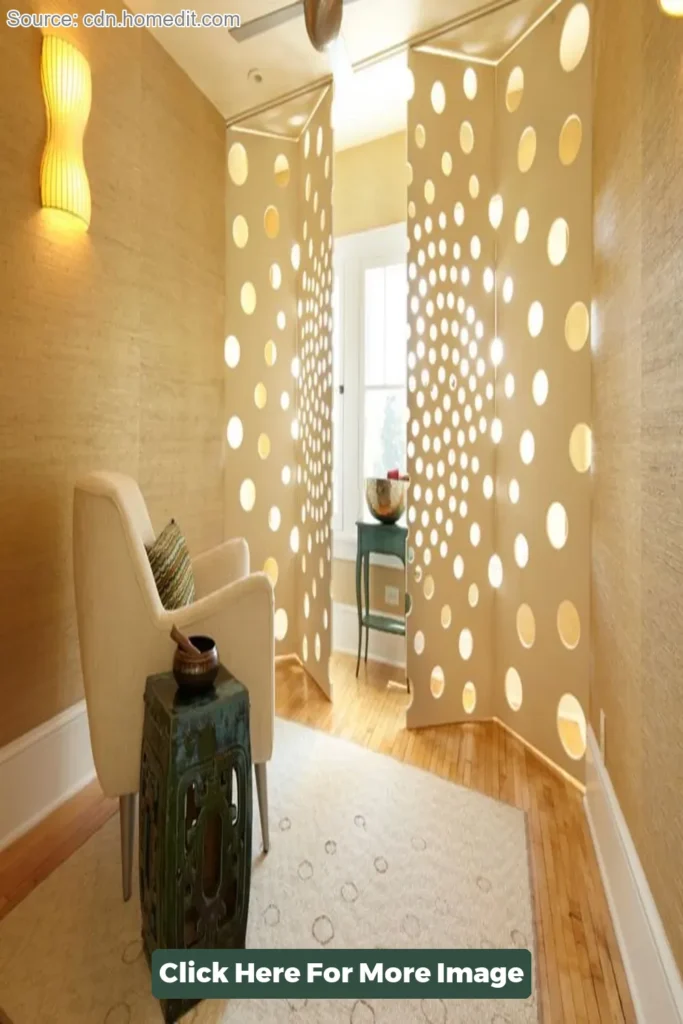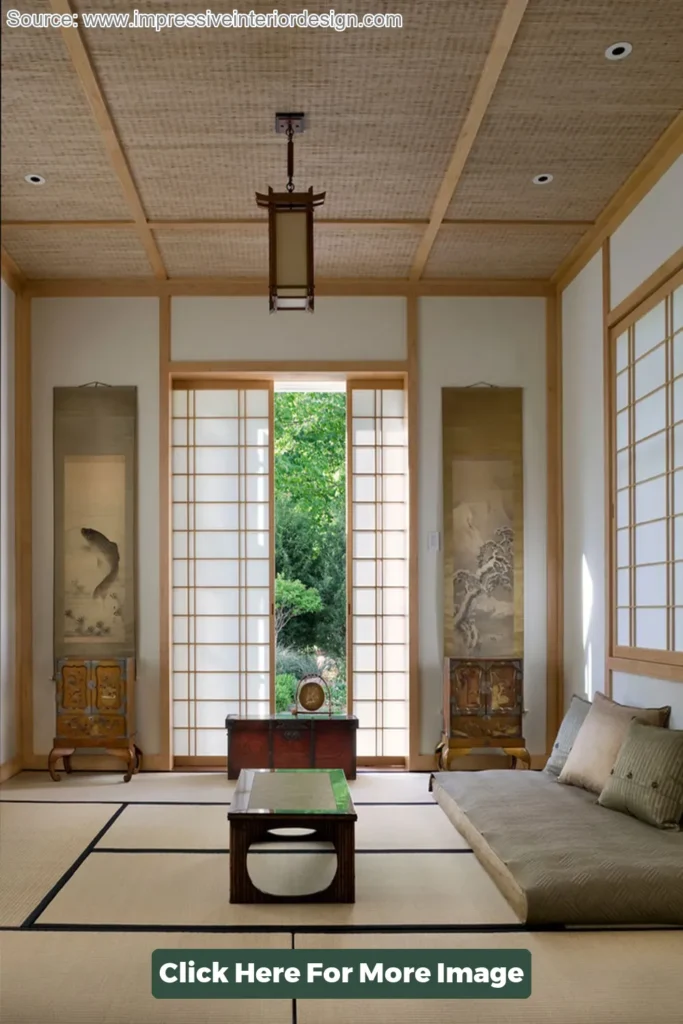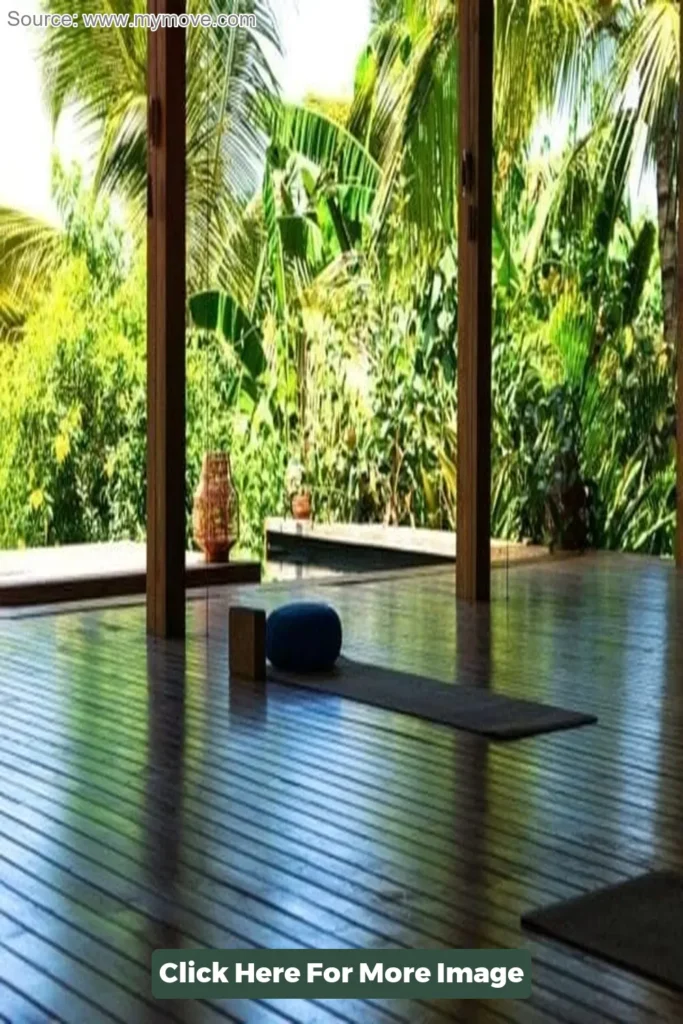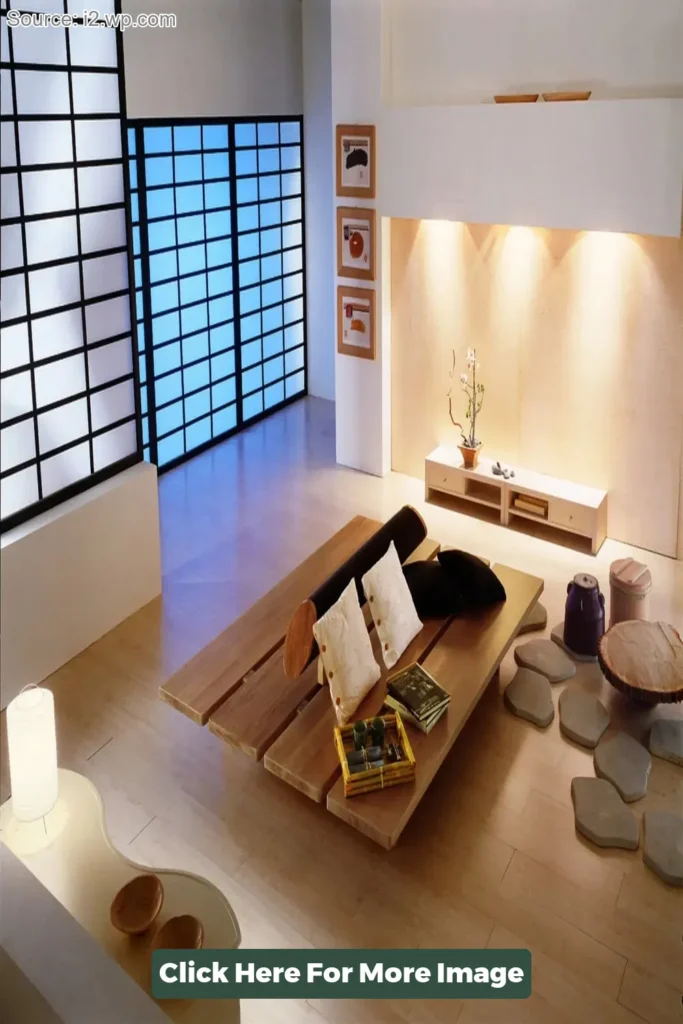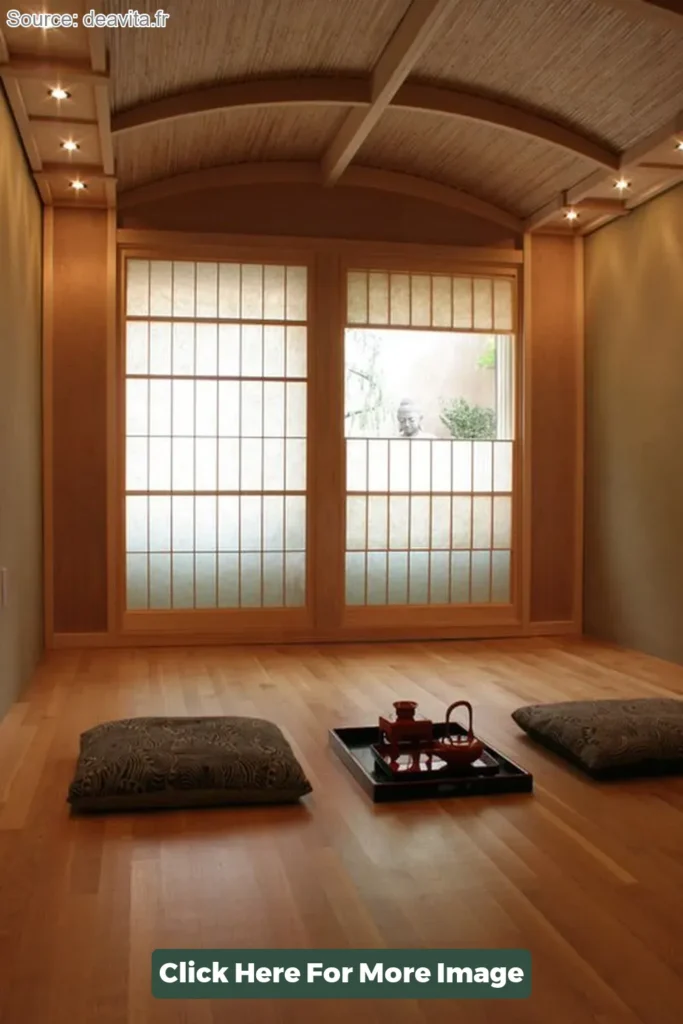Meditation is a widely practiced form of self-care that has gained popularity in recent years. It offers numerous benefits for both the mind and body, such as reducing stress, increasing focus, and promoting overall well-being.
As meditation becomes more integrated into daily routines, the creation of a dedicated meditation space at home has also become increasingly popular.
In this article, we will delve into the top 24 tips for creating a Zen meditation room, exploring the essential elements and design elements that can help you create a peaceful and harmonious sanctuary for your daily meditation practice.
Whether you are a seasoned meditator or just beginning your journey, these tips will help you create a serene and tranquil environment that will aid in your inner reflection and relaxation.
Creating a Zen Meditation Room
Important Point
Also, Read: Best 34 Vibe Room Ideas
Also, Read: Best Flooring for Home Gym
As a mechanical engineer, I understand the importance of planning and designing a space that is both aesthetically pleasing and functional.
In recent years, creating a Zen meditation room has become a popular design trend, offering a space for individuals to find inner peace, relaxation, and clarity.
In this article, I will discuss the key elements to consider when creating a Zen meditation room, a sanctuary for tranquility and mindfulness.
1. Location and Layout
The first step in designing a Zen meditation room is choosing the right location and layout. It is important to find a quiet and private area in your home, away from distractions and noise.
This could be a spare room, a corner of your bedroom, or even a spot in your garden.
The layout should be simple and uncluttered, as it plays a vital role in promoting a sense of calmness and balance. Consider using natural and soft lighting to create a soothing ambiance.
2. Minimalist Design
A key principle of Zen meditation is simplicity and minimalism. Keep the design of the room clean and uncluttered, with only the necessary elements.
Choose a neutral color palette, such as white, grey, or earthy tones, to create a peaceful and harmonious environment.
Avoid loud patterns or too many decorative items that can be distracting. Remember, the goal is to create a space for quiet contemplation, not visual stimulation.
3. Natural Elements
Incorporating natural elements into the design of the room can enhance the Zen ambiance. Consider adding a small indoor plant, a small water feature, or a piece of driftwood to bring a sense of nature into the room. These elements can also help improve air quality and create a more calming atmosphere.
4. Comfortable Seating
The seating in your Zen meditation room should be comfortable and supportive. Many people choose to have a traditional meditation cushion or mat, while others prefer a comfortable armchair or a cushioned bench.
Regardless of the type of seating, it is essential to choose a position that allows your spine to be straight and aligned, promoting good posture and proper breathing during meditation.
5. Calming Scents
Aromatherapy has long been associated with relaxation and stress relief. Consider adding a diffuser or using scented candles in your Zen meditation room.
Choose scents like lavender, chamomile, or sandalwood, known for their calming properties. The right scent can enhance the overall ambiance and promote a sense of tranquility.
6. Personal Touches
While it is essential to keep the room simple and clutter-free, do not be afraid to add personal touches that bring you joy and peace.
This could be a small piece of art or a family photo that holds sentimental value. These elements can help create a deeper connection to the space and enhance the overall meditation experience.
Conclusion
In conclusion, creating a Zen meditation room can greatly enhance the sense of peace, calmness, and mindfulness in your daily routine.
From choosing the right location to incorporating elements such as plants, natural light, and calming scents, there are various ways to personalize your own meditation space.
The Top 24 tips covered in this article provide a comprehensive and practical guide to creating a Zen meditation room that suits your unique needs and preferences.
By implementing these ideas, you can transform any space into a serene haven for practicing mindfulness and promoting overall well-being.
Remember, the key is to create a space that speaks to your soul and helps you connect with your inner self.
Like this post? Share it with your friends!
Suggested Read –


